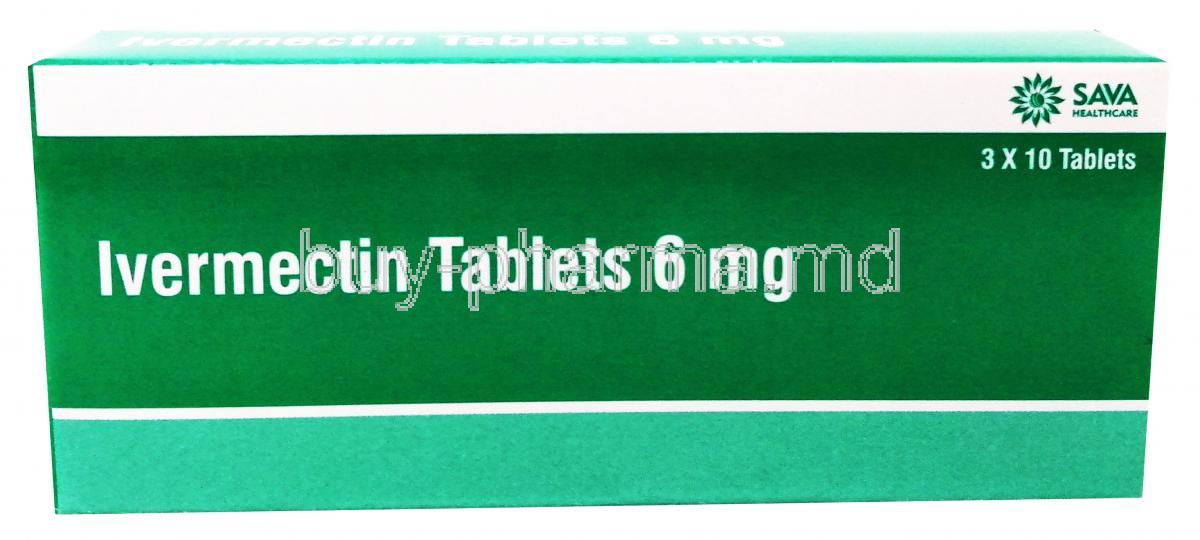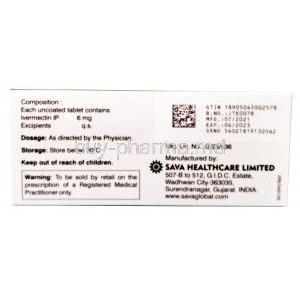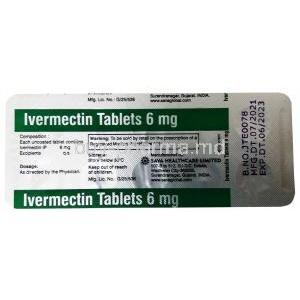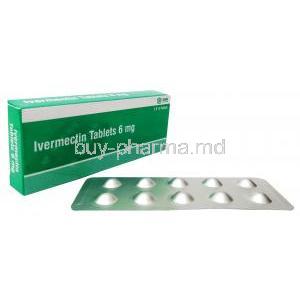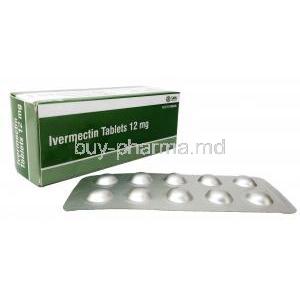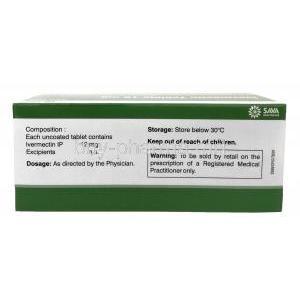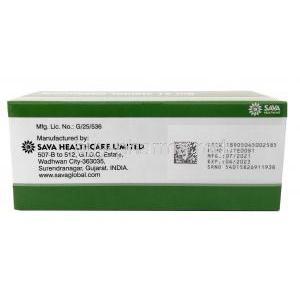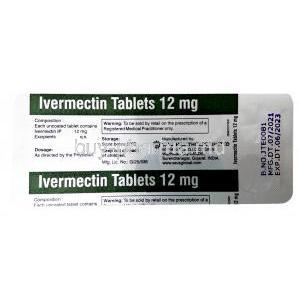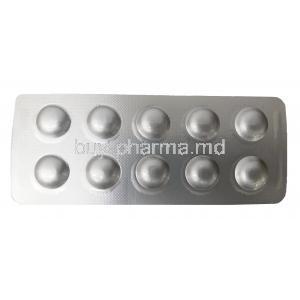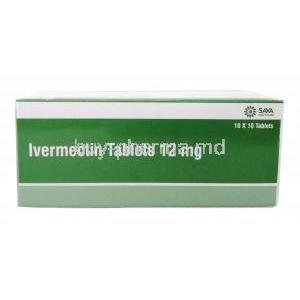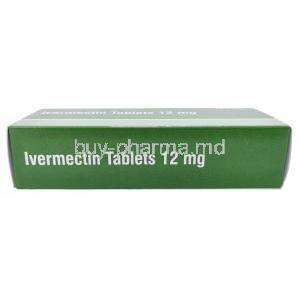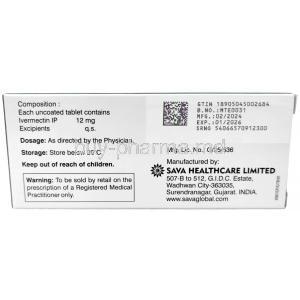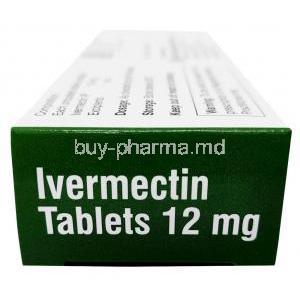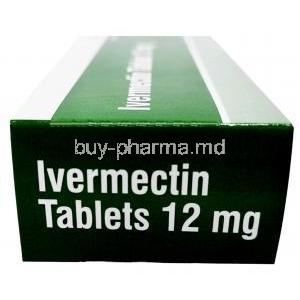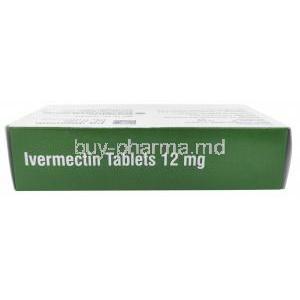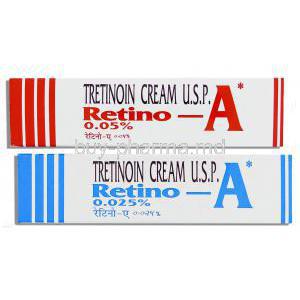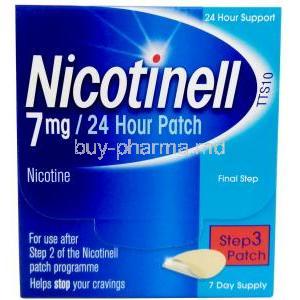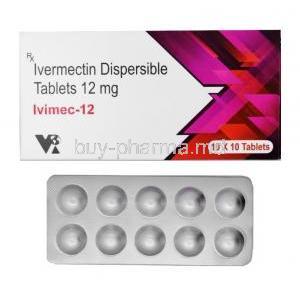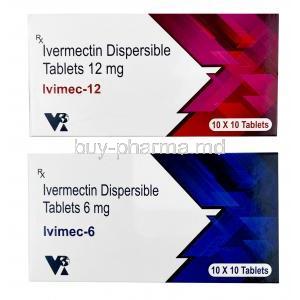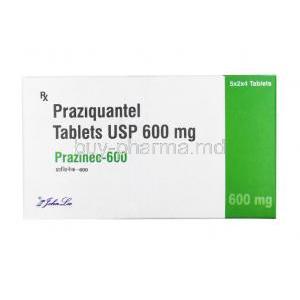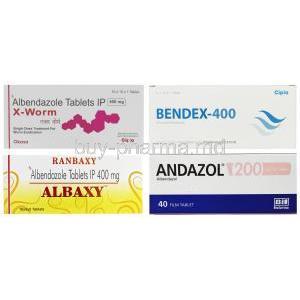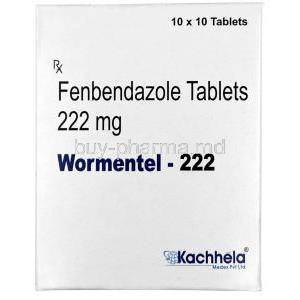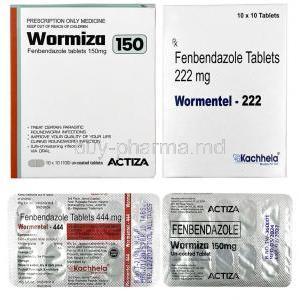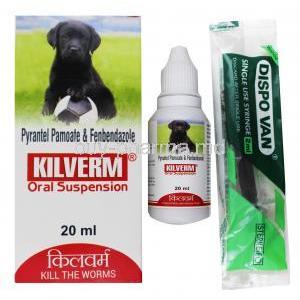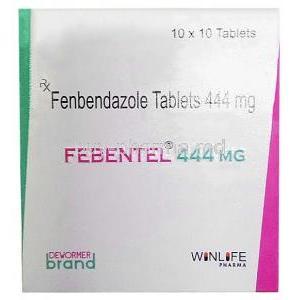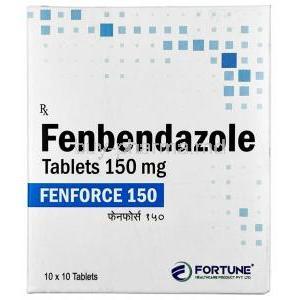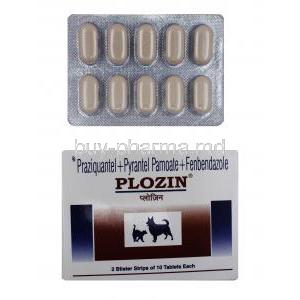Ivermectin (Sava)
- I. Introduction
- II. Composition
- III. Uses
- IV. Off-label Use
- V. How It Works
- VI. Dosage and Administration
- VII. Administration to Elderly
- VIII. Administration to Pregnant Women and Nursing Mothers
- IX. Administration to Children
- X. Side Effects
- XI. Common Side Effects
- XII. Interaction
- XIII. Warning
- XIV. Contraindication
- XV. Careful Administration
- XVI. Important Precautions
- XVII. Overdosage
- XVIII. Storage
- XIX. Handling Precautions
I. Introduction
Ivermectin, known under the brand name Sava has become a tool in treating various parasitic infections. This medication, which first appeared in the 1970s was a significant breakthrough that provided hope for combating diseases affecting millions globally. The focus of this article is to explore the details of Ivermectin (Sava), including its ingredients, authorized and unofficial applications, how it works, and recommendations for dosing and usage.
II. Composition
- Key components of the drug: Ivermectin, derived from avermectin, is the element that gives the medication its ability to combat parasites effectively.
- Other substances in the medication: Inactive ingredients like stabilizers and solvents are crucial in formulating the drug to maintain its effectiveness and ensure it can be absorbed by the body.
- Different forms of the medication, Ivermectin, are available in forms, such as oral tablets, topical creams, and injectable solutions to meet a wide range of medical needs.

III. Uses
Ivermectin, also known as Sava, has been FDA-approved for treating several conditions, including:
- Onchocerciasis: Ivermectin is used to treat this parasitic infection caused by the filarial worm Onchocerca volvulus. It is commonly known as river blindness.
- Intestinal Strongyloidiasis: Ivermectin is effective against this parasitic infection caused by the nematode Strongyloides stercoralis.
Additionally, Ivermectin has shown efficacy in treating other parasitic infections, such as:
- Scabies: A contagious skin infestation caused by the mite Sarcoptes scabiei.
- Lice Infestations: Ivermectin can be used to manage lice infestations.
- Various Types of Helminthiases: Helminthiases refer to infections caused by various types of parasitic worms (helminths).
IV. Off-label Use
Ivermectin (Sava) while mainly used for approved purposes 's often prescribed off label for treating conditions not officially sanctioned by regulatory bodies. Its effectiveness in managing ailments such as rosacea and specific viral infections showcases the fields confidence in its versatile capabilities. Nevertheless the existence of debates and research uncertainties calls for a stance, towards utilizing it off label.
Please note that while Ivermectin has been widely used for these indications, it is not approved by the FDA for the treatment of any viral infection, including COVID-19123.
-
COVID-19 Treatment Guidelines - Ivermectin:
- The National Institutes of Health (NIH) provides guidelines on the use of ivermectin for COVID-19. It emphasizes that ivermectin is not authorized or approved for COVID-19 treatment and provides details on clinical trials and outcomes. You can find the guidelines here.
-
FDA Press Statement on Ivermectin:
- The FDA clarifies that there is no registered oral formulation of ivermectin for human use, and it has not received any application for such use.
V. How It Works
Ivermectin works by affecting the system of parasites, leading to paralysis and, ultimately, their demise. This process is made possible by its interaction with glutamate-gated chloride channels found only in invertebrates. The drug undergoes a planned route within the body. Absorption, distribution, metabolism, and elimination. To guarantee optimal effectiveness against the intended parasites.
VI. Dosage and Administration
The appropriate amounts of Ivermectin (Sava) to use differ depending on the illness being addressed. Adjustments to the dosage might be needed for groups such as those with liver or kidney issues. The medication can be given orally via injection depending on the condition being treated and the patient's requirements.
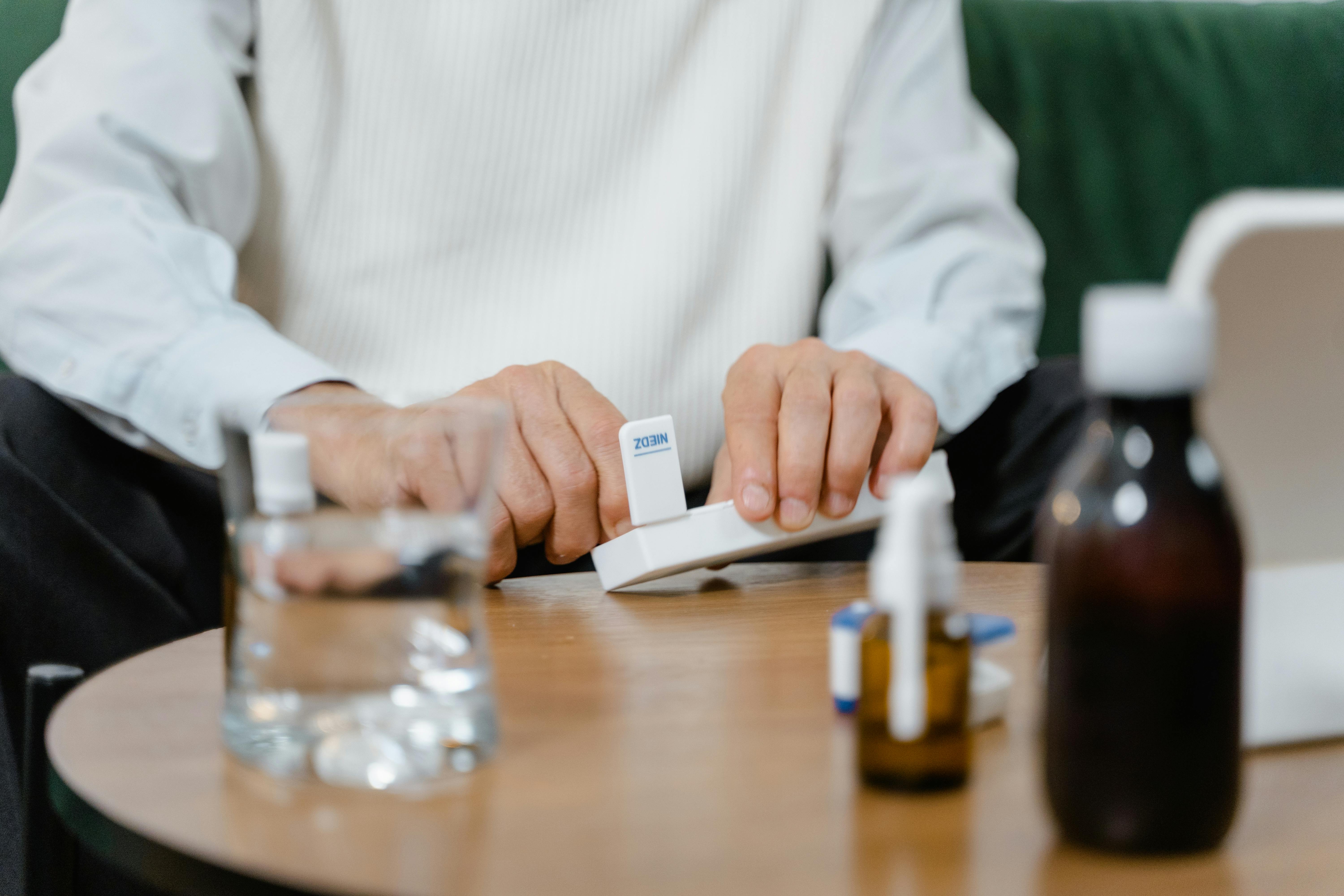
VII. Administration to Elderly
Elderly individuals need attention to minimize any possible dangers. It's crucial to adjust the dosage based on their kidney and liver functions to guarantee both safety and effectiveness.
VIII. Administration to Pregnant Women and Nursing Mothers
The cautious use of Ivermectin (Sava) in women and breastfeeding mothers is crucial. Although ongoing research is evaluating its safety, current studies indicate that the medication should be administered only if the advantages surpass the risks. Strict adherence to guidelines and suggestions is vital to ensure the well-being of both the mother and the infant.
IX. Administration to Children
Giving medication to kids involves following dosage instructions tailored to their age to guarantee safety and effectiveness. The dosage of Ivermectin for patients is calculated accurately by considering their weight and the type of infection being addressed. Healthcare providers need to assess the effects versus potential dangers, keeping a close watch on how a child's body is growing and changing.
X. Side Effects
Although Ivermectin is usually well tolerated it can still cause side effects. These reactions may vary from stomach issues to more serious neurological symptoms. It is important for healthcare providers to comprehend the reasons, behind these effects in order to predict and handle any possible issues effectively.
XI. Common Side Effects
- Gastrointestinal issues include feeling sick, having diarrhea, and experiencing stomach pain. Skin reactions such as rash, itching, and hives.
- Signs of problems may include feeling dizzy having headaches and in rare cases seizures.
- Treatment usually focuses on relieving symptoms, adjusting the dosage, or stopping the treatment if needed.
XII. Interaction
When taking Ivermectin, it's important to be cautious about how it interacts with medications, as it could impact their effectiveness or lead to more side effects. For instance, using it alongside warfarin might strengthen its blood-thinning effects. Additionally, what you eat and drink can influence how the drug is absorbed and processed in your body, so adjustments to dosage timing may be necessary. Doctors need to consider how Ivermectin could affect any existing health conditions you have.
XIII. Warning
Some groups of people might have increased chances of experiencing risks when taking Ivermectin. If the FDA releases black box warnings, they act as a signal for these dangers. It is crucial for healthcare providers to recognize individuals who could be more prone to effects because of existing health issues or the medications they are currently taking.
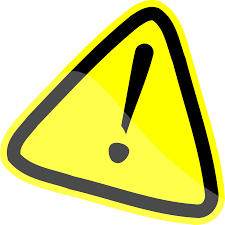
XIV. Contraindication
Ivermectin should not be used in patients who are allergic to the drug or its parts. There are also situations where caution is needed, and a careful evaluation of the benefits versus risks is necessary for patients with health issues.
XV. Careful Administration
During Ivermectin treatment certain patients might need changes in their dosage or frequent monitoring. These precautions are especially important for individuals with liver issues or those on therapy to prevent any possible harm from occurring.
XVI. Important Precautions
Before starting any treatment involving Ivermectin, medical professionals should conduct evaluations to pinpoint any reasons why it may not be suitable and assess the likelihood of negative responses. Keeping a watch throughout the treatment process is crucial for spotting any early signs of harm, allowing for prompt action to be taken.
XVII. Overdosage
In situations where individuals overdose on Ivermectin, they might display symptoms that vary from feeling nauseated and vomiting to experiencing balance issues or even having trouble breathing. Taking steps like performing gastric lavage or giving activated charcoal is important. While there aren't antidotes for Ivermectin, providing supportive care continues to be the main approach in handling the effects of an overdose.
XVIII. Storage
Storing Ivermectin correctly is crucial to maintain its effectiveness and longevity. Keep it in a dark and dry place at room temperature to preserve the medication's quality for the long term.
XIX. Handling Precautions
It's crucial to ensure that Ivermectin is handled and disposed of safely to avoid any exposure or harm to the environment. Healthcare providers and caregivers should adhere to medication safety guidelines, such as wearing personal protective gear and following correct disposal procedures.

